
Two decades of bilateral talks, negotiations, and deadends, starting from 1995. Then, in 2016, an overwhelming legal victory for the Philippines in an arbitration case that was novel and historic in a number of ways—but a decision that China refuses to abide by. In sum, that’s our country’s difficult relationship with the regional hegemon in resolving our dispute over parts of the South China Sea.
All these happened not so far back in our history, while President Rodrigo Duterte was Davao City mayor and Foreign Secretary Alan Peter Cayetano a local politician who later became congressman and senator. Tensions with China over scattered rocks, reefs, and islands in what is now called the West Philippine Sea may have been far removed from these two men’s consciousness. But as the country’s leaders, they have a responsibility to protect the national interest, with history as their guide.
Sure, Benham Rise is not disputed territory. The 13-million-hectare area off the coasts of the provinces of Aurora and Isabela, larger than Luzon, is unambiguously part of the Philippines’ continental shelf, as declared by the United Nations in 2012.
But letting China conduct maritime research there, while allowing it to ignore our country’s sovereign rights over the West Philippine Sea and militarily dominate the area, is deplorable. It is Stockholm Syndrome at its fullest: the more the Philippines is abused, the more it gives in to China.
To refresh the memories of our leaders, here’s a short timeline:
- 1988 – China occupied Fiery Cross Reef (Kagitingan Reef), Cuarteron Reef (Calderon Reef), and Subi Reef (Zamora Reef). Fiery Cross Reef and Subi Reef have been transformed into military bases, while a high-frequency radar installation was built on Cuarteron Reef.
- 1995 – China grabbed Mischief Reef (Panganiban Reef) and built certain structures which, they said, were shelters for their fishermen. Look how Mischief Reef is today: it is a military base complete with underground storage for ammunition.
- 2004-2005 – The Philippines and China entered into a Joint Marine Seismic Undertaking (JMSU) to do a 3-year research of petroleum resources in parts of the South China Sea. Vietnam protested this controversial deal so it became a trilateral agreement. China, which used its ship, collected the data, and Vietnam supposedly processed it, and the Philippines interpreted it. The survey results, some of which were blurred, have remained confidential. China, it is said, controlled the process. A case questioning the constitutionality of the JMSU is pending with the Supreme Court.
- 2011 – China stopped the Philippines from exploring for oil and gas in Reed Bank.
- 2012 – China took control of Scarborough Shoal.
- 2013-2014 – China attempted to prevent Philippine ships from delivering supplies to and rotating personnel in Second Thomas Shoal (Ayungin Shoal).
Sneaking into Benham Rise
Recently, in another part of the Philippines, a Chinese survey vessel hovered in Benham Rise for 3 months, a fact Defense Secretary Delfin Lorenzana revealed last year. The DFA, then under Secretary Enrique Manalo, said China had not been issued any permit to research. Why then was China there and what was it doing?
Despite this breach, which happened on Duterte’s watch, Cayetano has blithely given the go signal to China to survey the country’s coral-rich eastern seaboard. The DFA, however, has not released details of the permit given to the Institute of Oceanology of the Chinese Academy of Sciences.
The approval process was likewise not transparent. Usually, it is a multi-agency team – including the DFA, the Department of Environment and Natural Resources, and the Department of Agriculture (particularly the Bureau of Fisheries and Aquatic Resources) – that reviews research requests such as this.
Damage to coral reefs
Forgotten is this race to study Benham Rise is China’s plunder of the coral reefs in the West Philippine Sea and the massive damage it has done to the marine biodiversity of the area. The construction of artificial islands in features that China had occupied, turning these into fortified military bases, had impacted reefs on a “scale unprecedented in the region” and which will take decades to centuries to recover.
The international tribunal that heard the Philippine maritime case versus China ruled overwhelmingly against China on environmental issues. Among others, the judges said China engaged in – and tolerated – the harvesting of endangered species on a significant scale and in a manner that was destructive of the coral reefs. Its land reclamation has caused irreparable harm to the environment. Studies by experts proved this.
While China’s intentions in Benham Rise, as the scientists from the University of the Philippines Marine Science Institute (UP-MSI) explain, has everything to do with ocean currents and understanding climate change, there is concern that China will collect information on the marine wealth and eventually use it to exploit the area, just like it did in the West Philippine Sea.
Filipino scientists from UP-MSI are reportedly on board China’s ship, Ke Xue Hao, to participate in the research, a requirement for any foreign country doing marine scientific research in Philippine waters. Their presence may serve as check on the Chinese.
But with 20 years of experience dealing with China behind us, the Philippines should not let its guard down. This is not just about science. It is also about trust. – Rappler.com
The author, editor at large of Rappler, is writing a book on how the Philippines won its maritime case versus China.

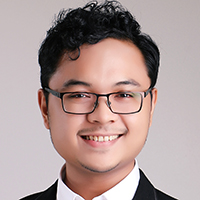






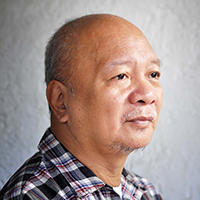

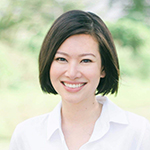


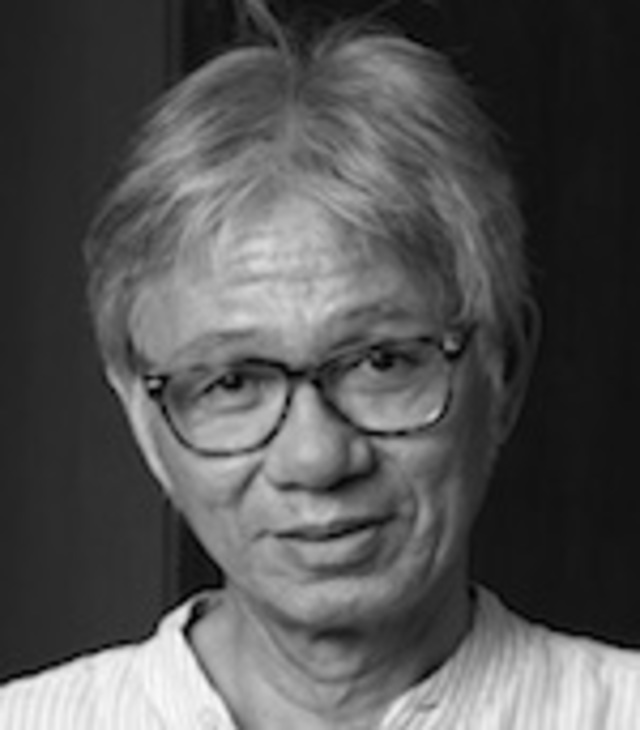


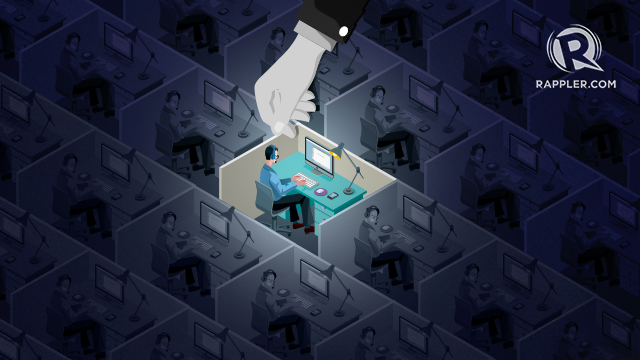

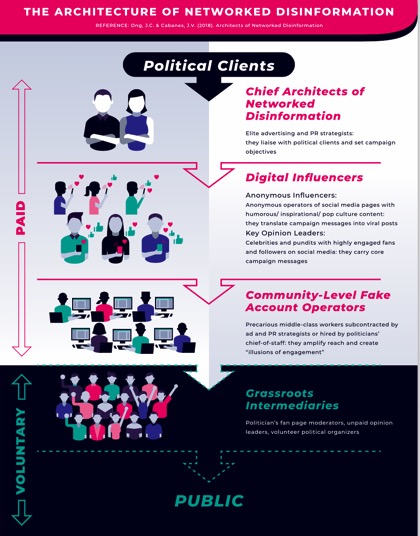

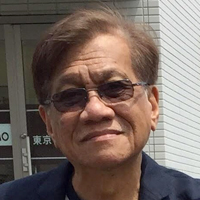 In any scandal, there are always grandstanders, ambulance chasers, and opportunists. The Dengvaxia mess is no exception, with Senator Dick Gordon milking it for what it’s worth to advance his political career, Public Attorneys’ Office head Persida Acosta brazenly using it as an opportunity to get a plum appointment in the Duterte administration, and many Duterte partisans seeing it as a heaven-sent opportunity to score points against the previous Aquino administration.
In any scandal, there are always grandstanders, ambulance chasers, and opportunists. The Dengvaxia mess is no exception, with Senator Dick Gordon milking it for what it’s worth to advance his political career, Public Attorneys’ Office head Persida Acosta brazenly using it as an opportunity to get a plum appointment in the Duterte administration, and many Duterte partisans seeing it as a heaven-sent opportunity to score points against the previous Aquino administration.

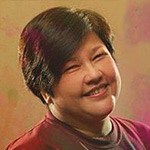




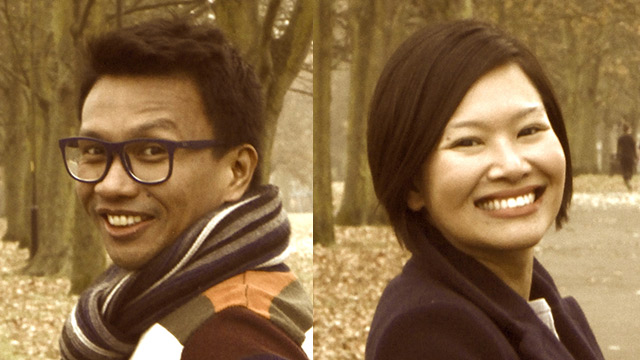

 Another Filipino woman has come forward to share her #MeToo experience.
Another Filipino woman has come forward to share her #MeToo experience.



 A few days before Valentine’s Day, Duterte again demonstrated that he is a gift that keeps on giving – a gift as unwanted as misogyny, pointless violence, and assault against law, human rights, and human decency inflicted upon an unwilling audience.
A few days before Valentine’s Day, Duterte again demonstrated that he is a gift that keeps on giving – a gift as unwanted as misogyny, pointless violence, and assault against law, human rights, and human decency inflicted upon an unwilling audience.